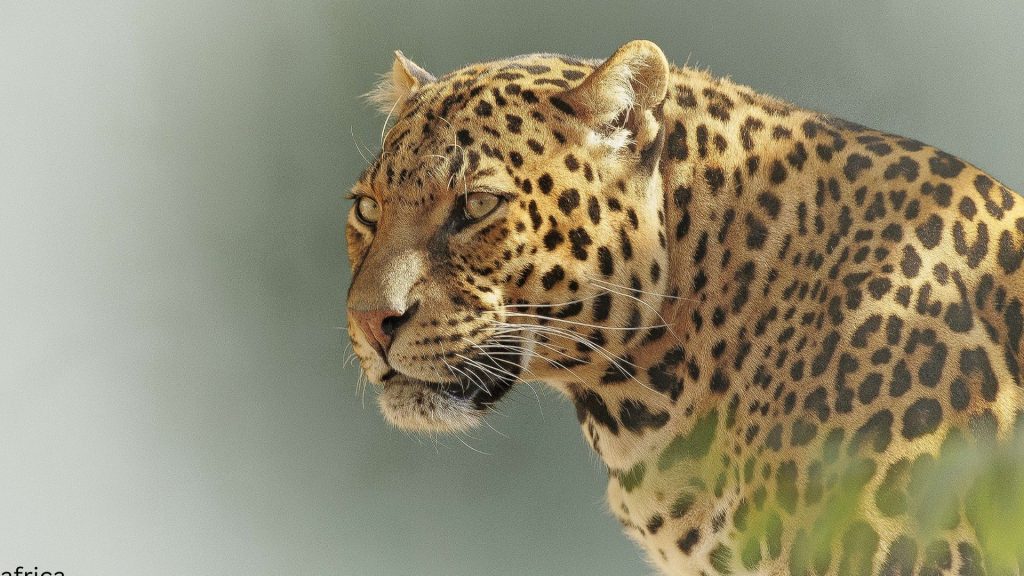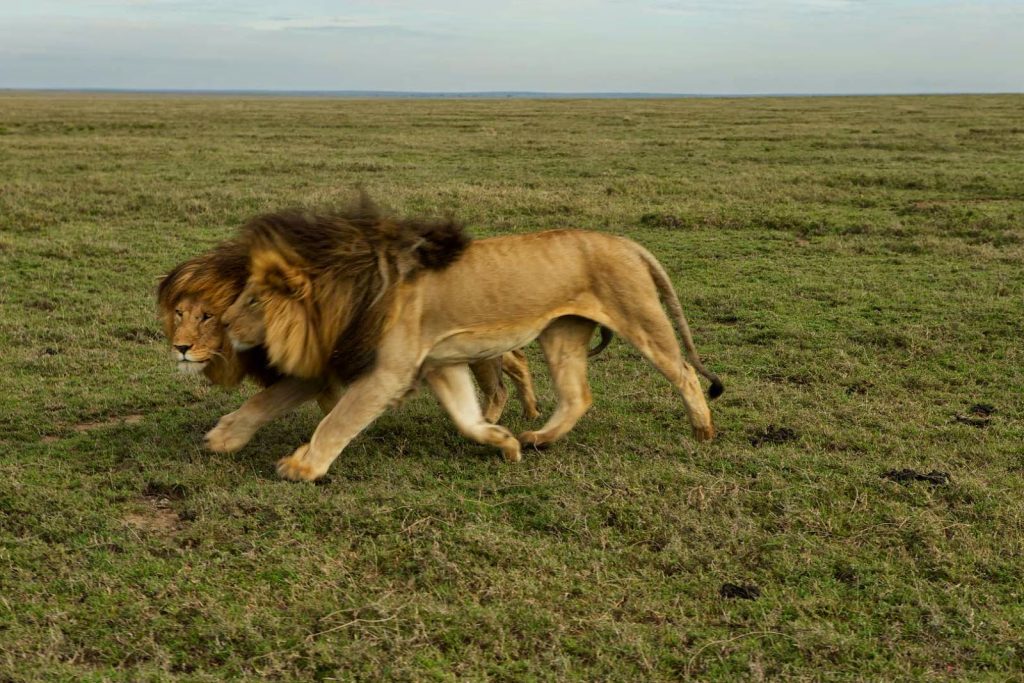Gombe National Park
Home » Tanzania Destinations » Gombe National Park
GOMBE NATIONAL PARK
Gombe National Park is An excited whoop erupts from deep in the forest, boosted immediately by a dozen other voices, rising in volume and tempo and pitch to a frenzied shrieking crescendo. It is the famous ‘panthoot’ call: a bonding ritual that allows the participants to identify each other through their individual vocal stylizations. To the human listener, walking through the ancient forests of Gombe Stream, this spine-chilling outburst is also an indicator of imminent visual contact with man’s closest genetic relative: the chimpanzee
There are truly wild places in Tanzania, Gombe National Park is one of them. The nature value of Gombe was noticed in 1943 when it was designated as a game reserve. Gombe gained its popularity after the pioneering research activities of Dr. Jane Goodall in 1960 which is believed to be the longest-running study of primates in the world. Conservation status was upgraded to that of a National Park in 1968 and opened for tourism in 1978 after chimpanzees habituated to human visitors. It is located 16 km north of Kigoma town on the shores of the world’s second deepest Lake Tanganyika in western Tanzania with an area of 56 square kilometers.
How to get there
Park Attractions
Gombe wilderness worth a year-round visit; enabling you to cruise along part of the historical inquisitiveness way back in the 19th century when Livingstone and Stanley searched the source of River Nile. The rainy season is the best chimpanzee sporting while the green vegetation blooms providing an astonishing scenic view and waterfalls are at the best (November to Mid- May) while the dry season provides a chance for best photo-taking, short and long hike(May to October).
Wild Animals
Gombe has abundant and diverse wildlife animals. Habitat preferences and seasonal food cycles determine in a general sense where a particular animal may be at a particular time (esp chimpanzee). Although Gombe chimpanzees are a favorite among wildlife watchers that come to the Park, there are several notable animals.
Gombe is the smallest of Tanzania’s national parks: a fragile strip of chimpanzee habitat straddling the steep slopes and river valleys that hem in the sandy northern shore of Lake Tanganyika.
Its chimpanzees – habituated to human visitors – were made famous by the pioneering work of Dr. Jane Goodall, who in 1960 founded a behavioral research program that now stands as the longest-running study of its kind in the world. The matriarch Fifi, the last surviving member of the original community, only three years old when Dr. Jane Goodall first set foot in Gombe, born in 1958 and died in 2004.
Chimpanzees share about 98% of their genes with humans, and no scientific expertise is required to distinguish between the individual repertoires of pants, hoots, and screams that define the celebrities, the powerbrokers, and the supporting characters. Perhaps you will see a flicker of understanding when you look into a chimp’s eyes, assessing you in return – a look of apparent recognition across the narrowest of species barriers.
Chimpanzees of Gombe National Park
Tracking the chimps is a fascinating experience. When Jane Goodall arrived in 1960, Tanzania’s Gombe Stream National Park was just one piece of forest amidst a vast ocean of trees. Today, it’s a small green island engulfed by farms, fields, and villages. Despite the change, this tiny park (a mere 30 square miles) is still one of the best places in the world to see wild chimpanzees in their natural habitat. During her research time at Gombe, Goodall made many new discoveries about chimpanzees, detailing their social hierarchy, their calls and previously unsuspected behavior.
Less than 150 chimpanzees live in the Park. The exact number of chimpanzees is unclear since no census has been conducted. Ongoing studies and analyses examine mother-infant relations, vocal communications, and botanical collections. Fifi, the last surviving member of the original community, and its matriarch, was only three years old when Jane Goodall first arrived in Gombe, and she is still regularly seen by visitors. There is ongoing field research and Gombe Stream Research Center (GSRC) also takes a role in conservation education. Both research and education play important roles in preserving free-living chimpanzees and their habitats.
Before Dr. Goodall could watch the Gombe chimpanzees, much time was spent getting them used to human observers. From 1962-1965, she used random provisioning to get the chimps used to the presence of humans. These observations have found distinct patterns of behavior in the different communities of chimpanzees. The chimpanzees of Gombe have three unique patterns and are also known to share 13 behavioral patterns with other chimpanzees. Some shared patterns are: “termite-fish using non-leaf materials,” “lever open” (stick used to enlarge an entrance), “self-tickle” (tickle self, using objects), and “Rain dance” (slow display at the start of rain). Some unique patterns are: “leaf squash” (squash bug on leaf) and “ant-dip-wipe” (manually wipe ants off wand).
The most visible of Gombe’s other mammals are also primates. A troop of beachcomber olive baboons, understudy since the 1960s, is exceptionally habituated, while red-tailed and red colobus monkeys – the latter regularly hunted by chimps – stick to the forest canopy. The park’s 200-odd bird species range from the iconic fish eagle to the jewel-like
Peter’s twin spots hop tamely around the visitors’ center. After dusk, a dazzling night sky is complemented by the lanterns of hundreds of small wooden boats, bobbing on the lake like a sprawling city.
Gombe National Park was established in 1968. It is located on the eastern shore of Lake Tanganyika, 15 km north of the town of Kigoma, and is accessible only by boat. The landscape of the park is made up of steep valleys, streams, and rivers. The vegetation changes from tropical rainforests and alpine bamboo to grasslands – similar to that of neighboring Mahale Mountains National Park.
The park is rich in both human and natural history. The village of Ujiji is where historians think British researcher H.M. Stanley said the famous words “Dr. Livingstone, I presume?” in 1871 when he encountered fellow adventurer David Livingstone, who had been thought to have died. Though he was seriously ill, Livingstone convinced Stanley to join him on a search to find the source of the Nile — a quest that took them through the Gombe Valley.
The park’s narrow, steep valleys are carpeted by evergreen rainforests that give way to grass-topped ridges and alpine bamboo stands, are home to two kinds of acrobatic colobus monkeys, along with giant kingfishers, crowned eagles, bushpigs, trumpeter hornbills, and more than 50 other wild species. Snorkelers may enjoy the adjoining lake, which holds almost 100 kinds of brightly-colored cichlid fish.
Activities in Gombe National Park
The main attraction of Gombe Stream is clearly the families of chimpanzees that live protected within the park’s boundaries. Guided walks that take visitors deep into the forest to observe and sit with the extraordinary primates for an entire morning are available — one that is the highlight of many visitors’ trips to Africa and an incredible experience. Besides chimpanzees, other primates living within Gombe Stream include beachcomber olive baboons, red-tailed monkeys, blue monkeys, red colobus, and vervet monkeys. Blue monkeys and red-tailed monkeys have also been known to hybridize in the area. There are occasional hippopotami, leopards, and 11 species of snakes. The park is also home to bush pigs and over 200 bird species.
However, Lake Tanganyika is also a wonderful place to go snorkeling and swimming, fishing, sailing, or just relax on the white sand. Hippos and crocodiles tend to keep their distance from Gombe which means visitors can take a dip in the lake without having to worry about sharing the water with wild animals.
While at Gombe, a visit to the Goodall Foundation’s old feeding station should be on the list of things to do and the nearby village of Ujiji is where Henry Stanley met Dr. Livingstone in 1871.



